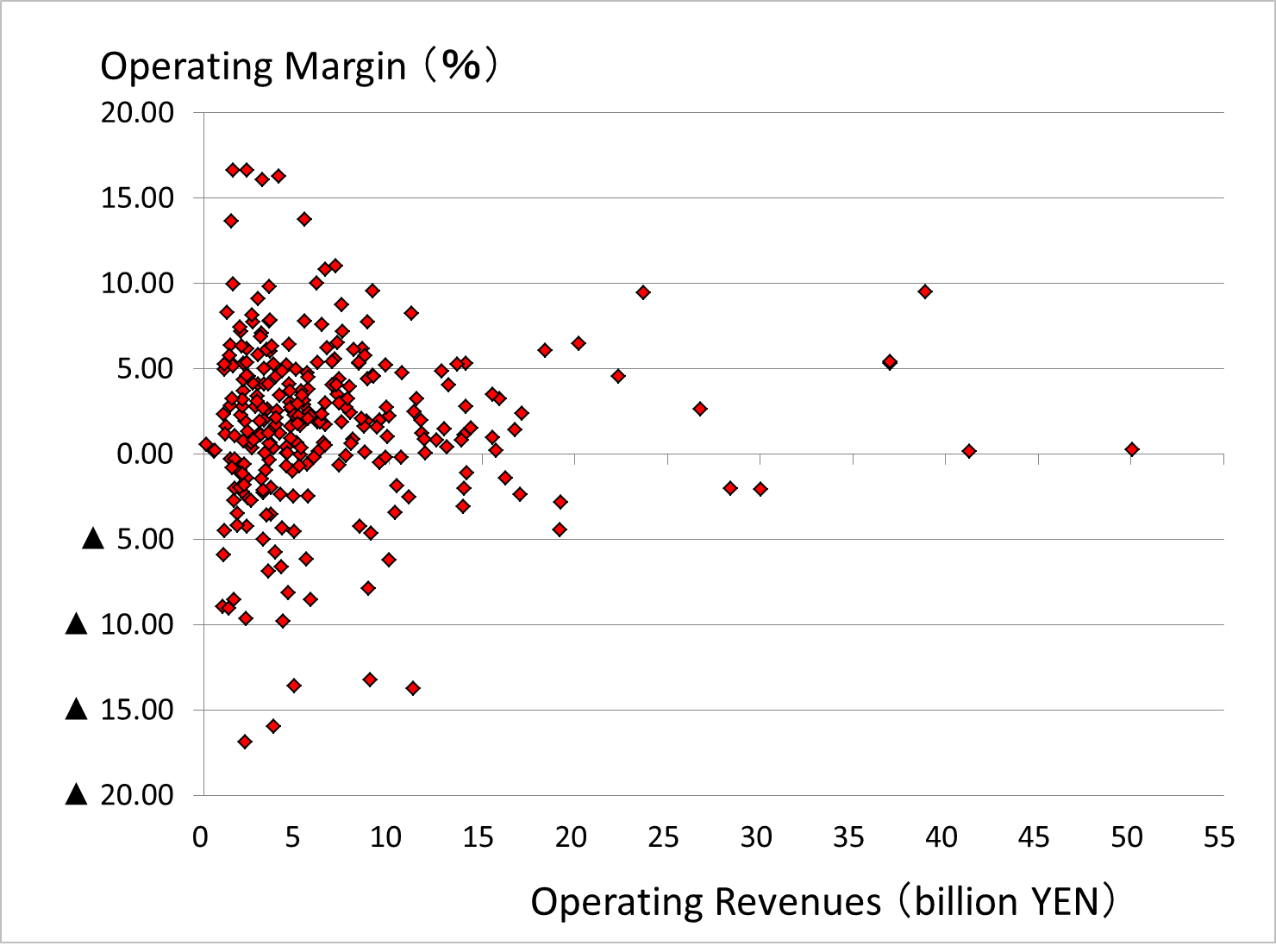Column Finance and the Social Security System 2018.01.25
【Aging, safety net and fiscal crisis in Japan】No.16: Social Medical Corporations
As stated in column No. 3, despite the continuation of a huge fiscal deficit, political settlement was reached by pressure from medical groups that fees charged by medical institutions will be revised by plus 0.55% in April 2018. The average operating margin of social medical corporations is effective as an index to judge the adequacy of the overall medical fee remuneration level.
A social medical corporation is an entity that receives tax-free preferential treatment by satisfying the following two conditions. The first is practicing policy medicine such as emergency, perinatal period, remote medical care, etc. without subsidy, which national and public hospitals regard as a cause of their deficit. The second is that the founder relinquishes ownership to management resources. Even if the medical treatment content of individual social medical corporations is different, they can be regarded as approximating the medical treatment remuneration system as a whole.
As of October 1, 2017, the number of social medical corporations is 288. Among them, the 2016 financial statements of 278 corporations are tabulated. Total sales are 1,913 billion yen, an increase of 1.3% compared with the previous fiscal year (FY). However, the average operating margin is down by 1 point from 2.9% in FY 2015 to 1.9% in FY 2016. This seems to have become one of the grounds for the positive revision.
Figure 1 shows the distribution of financial performance of social medical corporations in the fiscal year 2016. It is estimated that there are similar disparities in performance as there is a large gap between social medical corporations and other medical institutions. Due to the fact that the medical institutions as a whole are in a surplus, the cause of this disparity is not at the medical remuneration level. It is the result of accumulating management judgment in each business entity. A medical corporation falling into a structural deficit has its own medical care delivery system making a mismatch with local residents' needs.

